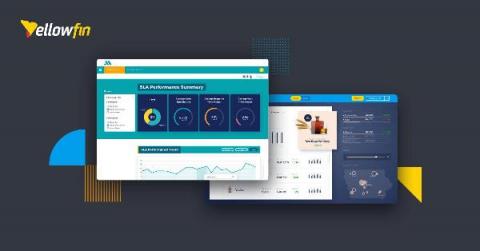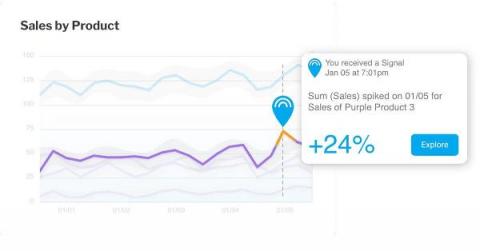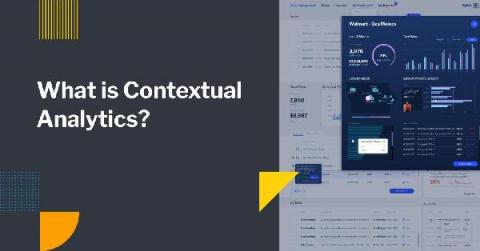Are you realizing the potential of your embedded analytics?
Yellowfin have done a lot of work with software vendors over the years, helping them to embed analytics into their applications and we've learned a lot through that process. One of the things we have learnt is that there are some recurring fundamental issues with how product managers bring analytics into their product, an approach which can prevent them from realizing the full potential of their embedded analytics.





